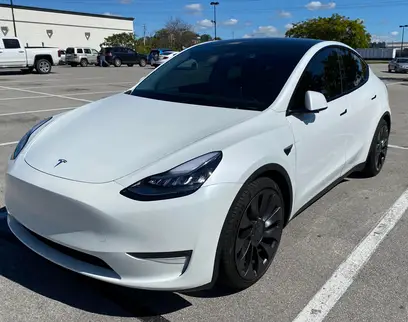As the automotive industry accelerates its shift towards electrification, major car manufacturers are setting ambitious targets to transition to electric vehicles (EVs), with several eyeing a future dominated by electrification. The 2024 Dodge Charger, for example, is one of the upcoming EVs that underscore this trend. Yet, the readiness for this electric revolution varies significantly across the United States, with Alaska highlighting the challenges in infrastructure development.
Alaska currently holds the position of having the lowest number of EV charging stations in the nation, a fact that could give potential EV buyers, including those interested in the 2024 Dodge Charger, pause. With only 123 charging stations, Alaska’s infrastructure falls behind other states, making it one of the less accommodating places for EV owners. In comparison, states like California boast a robust network of 51,490 charging stations, showcasing a stark contrast in EV readiness.
Despite the low number of charging stations, Alaska is not the most challenging state for EV owners. According to a study by ISeeCars, Mississippi holds this distinction, with its charger-to-population ratio positioning it as the least EV-friendly state. Alaska ranks third in this assessment, with one charger available for every 5,963 residents, indicating that while it’s not the worst, there’s significant room for improvement.
Interestingly, Alaska also showed the smallest progress in enhancing its EV charging infrastructure, with a modest 1.6% improvement in the charger-to-population ratio from 2022. This is in stark contrast to states like Connecticut and Louisiana, which have seen over 30% improvement, highlighting the uneven pace of infrastructure development across the country.
As the demand for EVs grows, fueled by new models like the 2024 Dodge Charger, the disparity in charging infrastructure becomes a critical issue. While it’s expected that infrastructure will evolve to meet the rising demand for electric vehicles, states like Alaska may find themselves playing catch-up in the push towards a greener automotive future.

